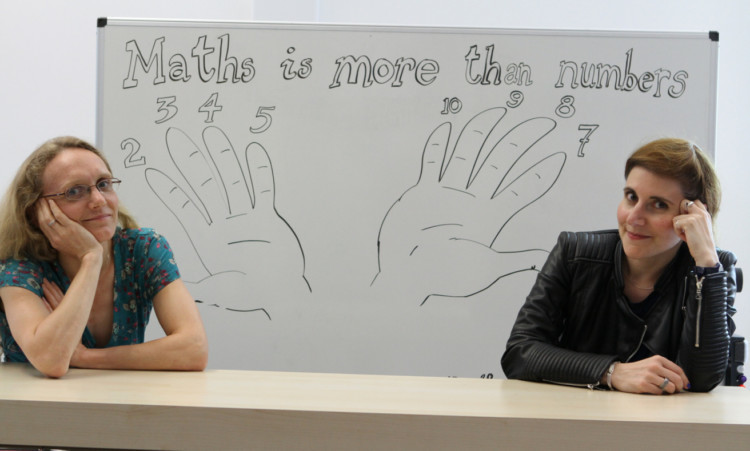Are you flummoxed by fractions, irritated by integers and confused by quadratic equations?
Then you are exactly the sort of person that Abertay University psychologists Dr Elena Rusconi and Dr Janet McLean want to hear from.
They are trying to work out why so many of us find it difficult to learn maths and are hoping their new online survey will help them to develop new ways of teaching the subject.
In a recent report, Pro Bono Economics highlighted that poor numeracy has important implications in terms of employment and life prospects, and an estimated cost to the UK economy of more than £20 billion per year.
Dr Rusconi said: “It has actually been estimated that in some parts of the UK almost half the adult population shows, at best, the same levels of numeracy expected in primary school children.
“Lots of people report having difficulties with maths both at school and in everyday life and, although there are lots of theories, we don’t yet know exactly why this is.
“There are cognitive aspects such as the ability to remember arithmetic facts and the order in which numbers should appear, for example but there are also emotional factors at play, such as the worry that solving mathematical problems can cause, which actually impairs performance.
“So this research will help us find out what factors play a role in making it difficult to learn maths.
“It’s just a really quick online survey, but the information it gives us will be vital in helping us come up with ways to help make learning maths easier for those who have these difficulties, so that they have better employment and life prospects and are able to contribute positively to the economy.”
Parents can take the survey themselves and then repeat it giving answers for their children. All the results will be completely anonymous.
The survey can be found at www.tinyurl.com/dundeemaths.
And if numbers still bring you out in a cold sweat, just remember the words of the great physicist Albert Einstein “Do not worry about your difficulties in mathematics. I can assure you mine are still greater.”
